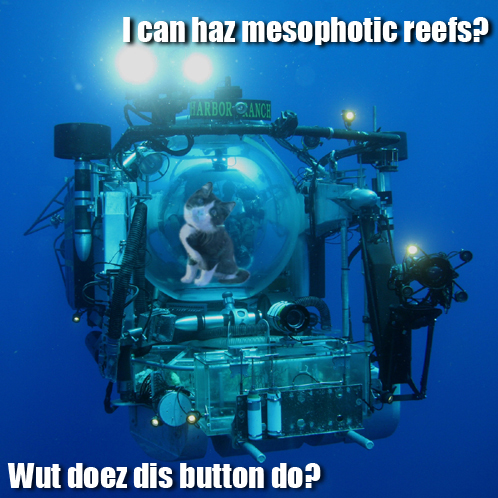Attenborough and deep sea corals
 Thursday, January 27, 2011 at 7:51PM
Thursday, January 27, 2011 at 7:51PM There’s a new website up that talks about deep sea corals, including one of the species the science team has been studying here in Brazil - Lophelia. Its even called Lophelia.org and was put together by some Scottish scientists who discovered Lophelia reefs off the coast of Scotland in 2003. It’s very comprehensive and well worth a visit, and it’s recently earned an endorsement of the doyen of nature documentaries, Sir David Attenborough. One of the weird things to think about when you click on over is that the same corals that form those reefs in Scotland are forming deep reefs here in Brazil. How is that possible? I mean, one is in the chilly North Atlantic, while the other is in the tripical south Atlantic. Well, if you think about it, once you go deep, it doesn’t matter where you are, it’s always gloomy dark and cold! For example, even though the surface temperature was in the high 20’s (low 80’s for the US readers) here in Brazil, the temperature down where the sub was going was 7-9 dgrees (around 45).
 A Dendrophyllia alternata (originally mislabeled here as Lophelia) colony collected from the Abrolhos platform
A Dendrophyllia alternata (originally mislabeled here as Lophelia) colony collected from the Abrolhos platform
The new website is a great resource for learning more about Lophelia and other deep coral reef species and just maybe it will help us all broaden our horizons to start considering coral reefs in a context broader than the insanely colourful shallow reefs that most easily comes to mind when you hear the phrase.


